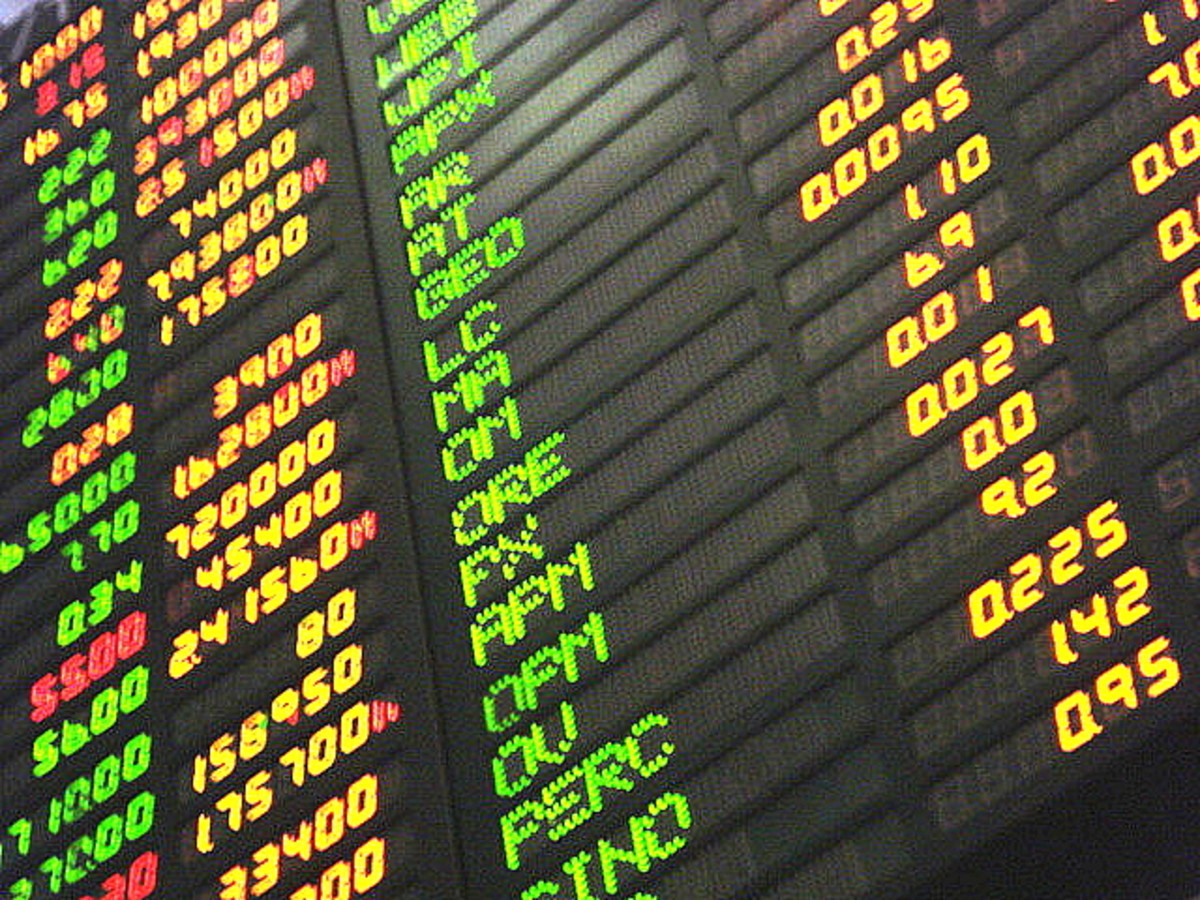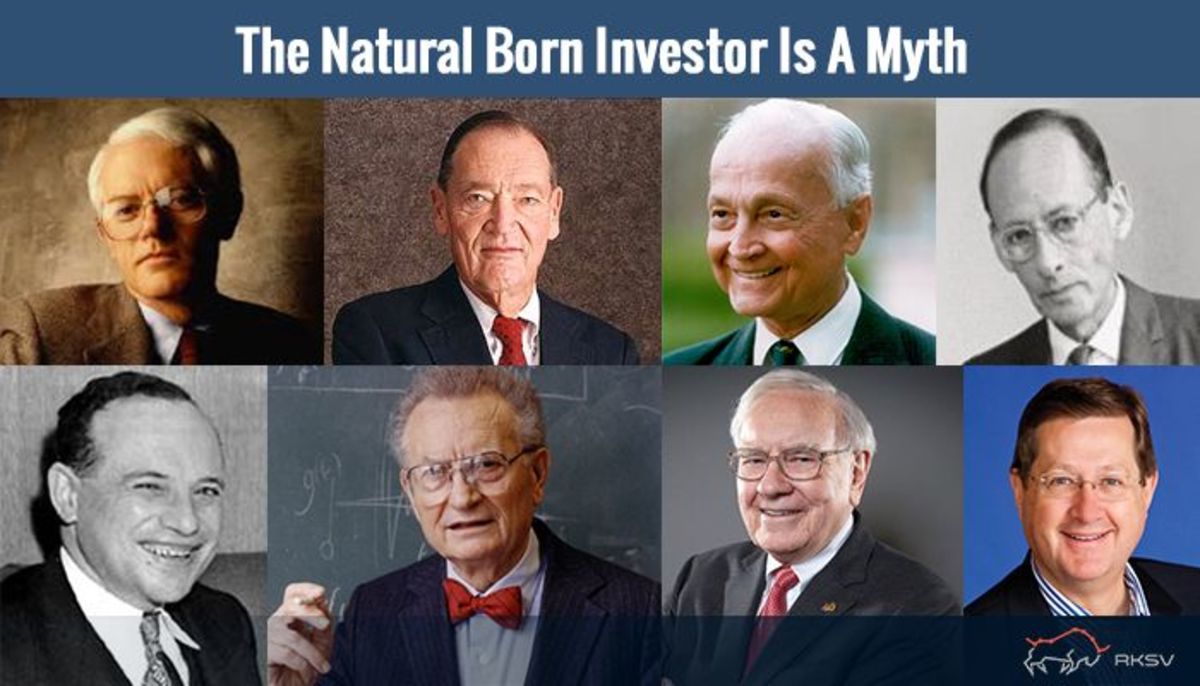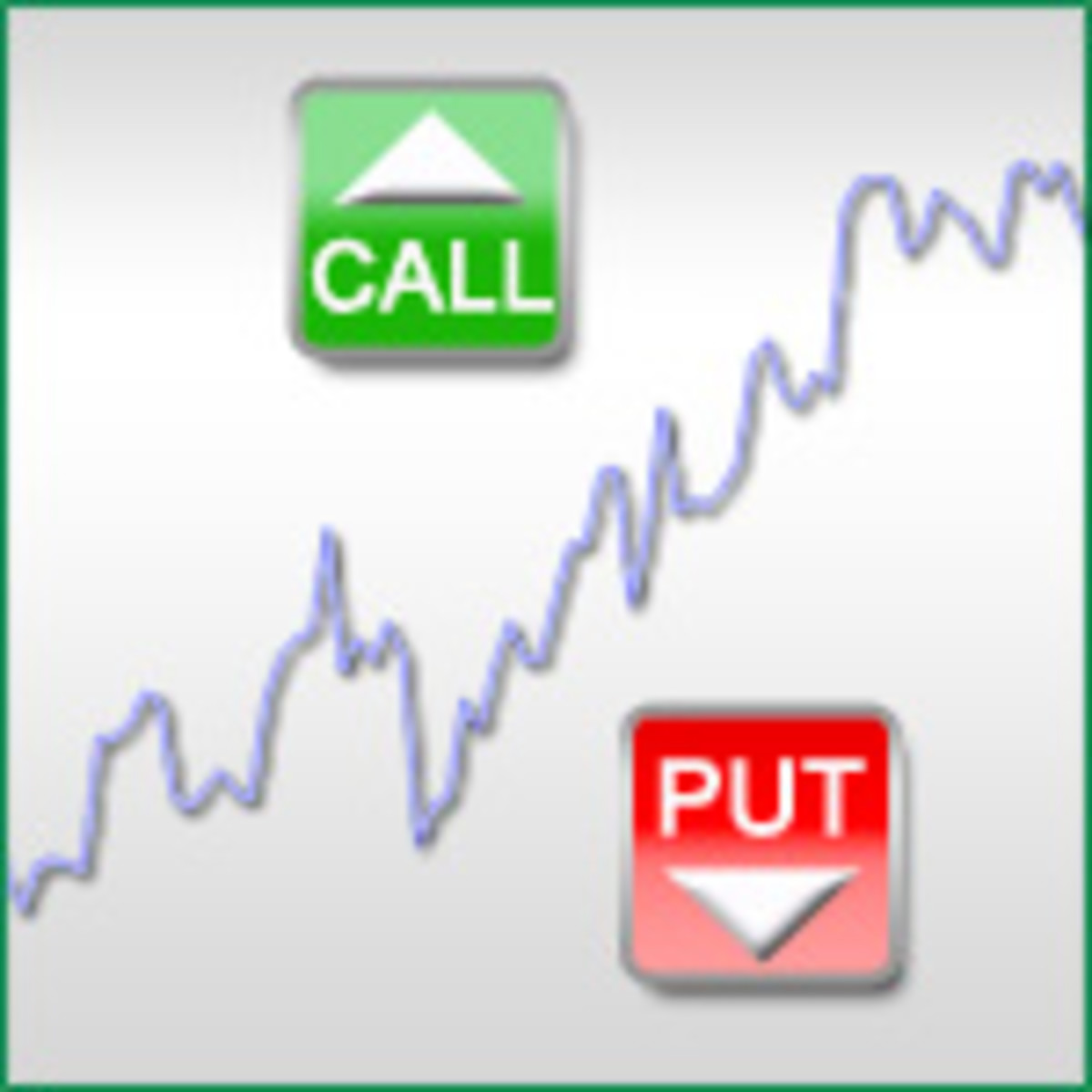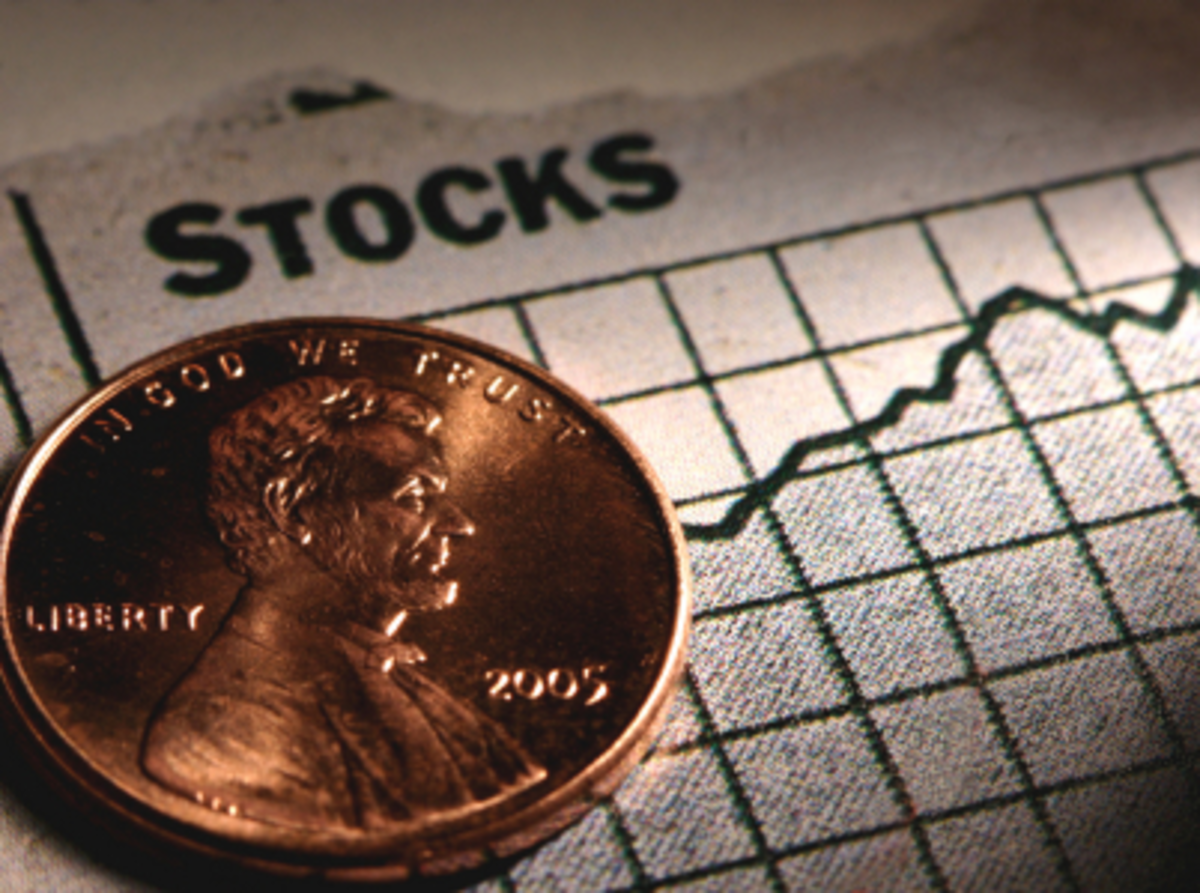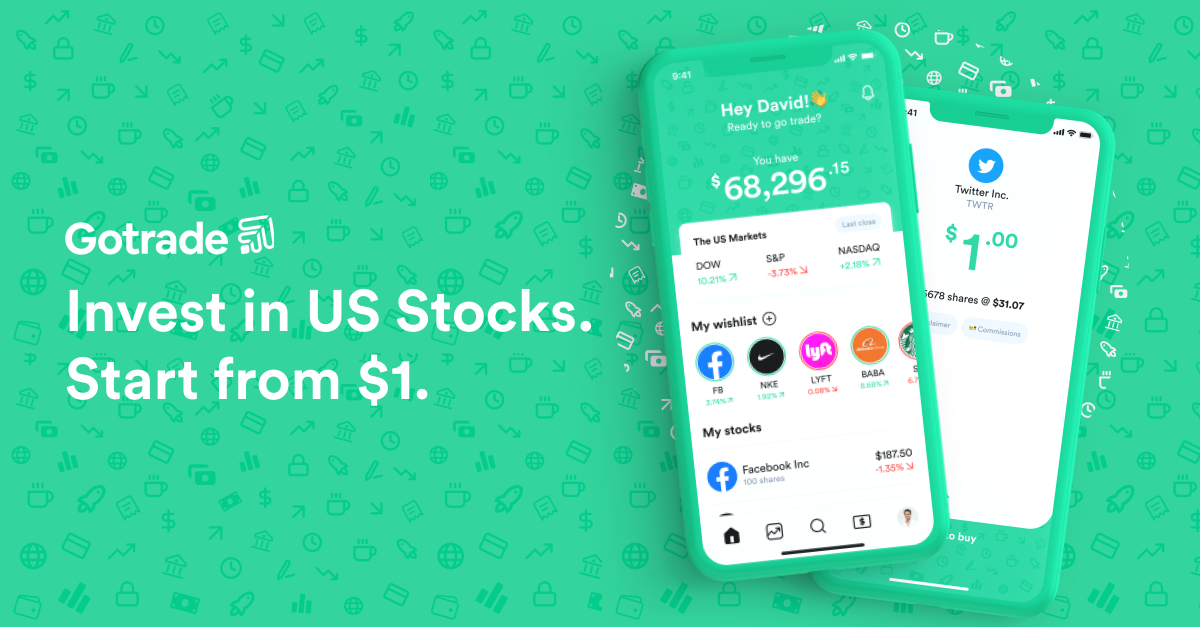Journey to the Center of the Exchange

A Brief History of the CME Group
The Chicago Mercantile Exchange (CME), which is now part of the CME Group is located in downtown Chicago, and is the largest futures exchange in the world. A futures contract is simply a contract that obligates the investor to buy or sell a commodity (corn, oil, soy beans, etc.) at a specific date in the future for a predetermined price. These contracts are being bought and sold all day long by floor traders at the exchange. The price of these futures contracts are derived from their underlying commodities, which is why they are referred to as derivatives. Derivatives are often at the center of blame for the financial crisis, because of the lack of education regarding their potential risk. Approximately $300,000,000,000,000 (that’s 300 trillion dollars) of futures contracts are being traded on the exchange each year. The Chicago Board of Trade (CBOT), which is now a part of the CME Group, opened in 1898. When it first opened, the only commodities traded were eggs and butter. It was also the tallest building in Chicago at that time.
Article Basis
I was lucky enough to take a trip to the two exchanges last year with a group of finance students from my university. It was basically like taking a group of acting students to a Hollywood movie set and having a guided tour from a famous actor. As you can imagine, we were incredibly excited. The following is my personal journey to the center of the derivatives market itself, the supposed heart of the financial crisis.

My Personal Journey to the Financial Markets
As I made my way through the parking garage of the Chicago Mercantile Exchange (CME), I noticed a recurring pattern among the makes of the automobiles. It seemed to alternate German-Italian-German-Italian. The average price of this vehicle fleet was likely higher than some of the houses in the area. It was also likely these exotic beauties belonged to the floor traders themselves, and could very well be paid for in a single, good day of trading.
The architecture of the CME building is extravagant. The Chicago Board of Trade (CBOT) is located directly across the street. These two marvelous buildings provide a concrete symbol of American prosperity and economic power. One may experience the financial grandeur of Wall Street without ever leaving the Midwest.

At first observation of the trading floor from above, there appeared to be a crowded atrium full of crazy people in multicolored jackets making hand signals and frantically writing on small pink pads. At first glance, this scene almost appeared mindless and animalistic, but in actuality, these traders were making several calculated decisions at a rapid pace. The room was intense, everyone was yelling, slips of paper were flying about, and yet this organized chaos is what accounts for the daily fluctuation of the markets.
After viewing a short presentation that included some very interesting statistics about the exchange, our group, which was my university’s finance club, was lead into a classroom inside the exchange. This small room, which seated approximately 30 people, was where new recruits learned the ins and outs of floor trading and how to be successful traders. If a trader is successful, their job could potentially be the highest paying job in the world. Our group was lucky to take this exclusive tour, thanks to our professor, who had a connection at the exchange. She knew a former floor trader who is now in charge of educating new traders. He not only provided insight on the exchange, but also included his own personal account of what it was like to be a floor trader. He included such information as: the trader’s favorite swear words in the pit, the feeling of losing $40,000 on the morning of your first day of trading, owning a home in five or more states, and my personal favorite, the prices and top speeds of the cars the other traders drove. (And by the way, if you’re worried about the $40,000 loss, it can usually be made up in a few days, according to the trader himself.)
The educator also informed us of the requirements necessary for the position and other general information. It was astounding to know that no college degree was required. One would think a job that could potentially pay millions of dollars per year would at least require a college degree. He compared floor trading and financial markets to professional sports in that both are oligopolies. (Oligopolies are similar to monopolies, except there is more than one entity, but there are still very few and they usually work together. An example would be an oil cartel.) Baseball players make so much money because there are so few of them and the demand is high. If a person wants to be a floor trader, they have to pay for a seat, which has a bid and ask price much like a stock. The price of the membership fluctuates depending on how many seats are open and the current demand. The price of a seat when we were there was $1.5 million dollars. The last seat recently sold for $775,000 according to the CME Group website. This means demand has obviously fallen since last year. Members also “rent out” their lifelong seats for monthly fees. The fee at the time (April 2008) was around $25,000 a month, plus $8,000 for computers and equipment, which sounds astronomical, but can typically be paid for in the first few days of the month. There are also groups that sponsor traders, often banks, and will provide the trading capital in return for a slice of the profits. However, when it comes to losses, you’re on your own.
After emulating the experience of floor trading education in the classroom, the former trader left the room and returned with a variety of colored jackets and small pink and green notepads. (The different colors of jackets signal what type of commodity a trader is selling. For example, regular traders know the woman in yellow is selling soybean futures, while the man in green is selling orange juice futures, and so on. The colored pads are for writing down orders and keeping track of gains and losses.) I assumed he was just showing us the actual jackets they used to wear, but he had a different plan in mind. “Everyone find a jacket,” he said. “It’s time to hit the floor!” I didn’t hesitate to secure a jacket, because without a trader’s jacket, no one is permitted access to the trading floor. There was no way I was missing this once-in-a lifetime opportunity. Sporting my grey nylon jacket with neon colored stripes on the sleeves, I made my way with the rest of our group to the trading floor. Watching the floor traders on TV is one thing, but walking right through the center of the trading floor and standing in the pits creates a rush of excitement that is comparable to that of a rock concert. It is sort of like a financial mosh pit in its own right. No finance textbook could ever find the words to describe the level of energy, passion, and emotion conveyed on the trading floor. With my buy/sell order pad in my hand, I made my way through the frantic crowd of traders, between their expensive computer systems, and up the staircase. It was a moment that only lasted about ten minutes, but I can remember it so vividly that I’m sure it will remain it in my mind for many years to come. I still have those pink and green pads from the exchange floor, and each time I stumble across one, I think of the energy of the trading floor, what it felt like to walk in the shoes of a financier, the faces of triumph and failure, and my ongoing passion for finance.



